Howdy folks. My name is Marshall Strong, and I’m here at the TIDE Project on behalf of Dr. Sallie Sheldon, from Middlebury College. For several years, Sallie and her interns have been investigating the filamentous algae which grows on the creek walls to see if there’s any difference in growth between the fertilized and the unfertilized creeks. Our current technique involves using bridal veil as an artificial substrate for the algae to grow on. We use a terribly high-tech device (a typical kitchen cheese-slicer) to scrape the existing algae off of a section of the wall and use drywall screws to screw the bridal veil into the mud, then wait for the algae to colonize it. In past years, we’ve found no significant difference between the fertilized and unfertilized creeks, which has been a bit of a surprise, so this year we’ve added exclosures around our bridal veil to try to control for the possibility that something may be eating the algae. The bridal veil squares have been out for a few weeks now, so we’ll hopefully get some data when we collect them at the end of this week and we can start coming up with some answers.
In the meantime, while I wait for my algae to grow, I’ve been taking a look at the pannes surrounding the creeks. There seems to be some debate over what exactly a panne is – a low-lying area of the marsh with different vegetation, or an actual pond in the middle of the marsh. For my purposes, I’ve been just looking at the ponds. Unlike the rest of the marsh, the pannes aren’t affected by the tides on a day-to-day basis, making them a bit of an anomaly. They get flooded with the rest of the high marsh every spring tide, but the rest of the month they just sort of do their own thing. I was interested in how the water chemistry changes over the course of one of these tide cycles, so I identified six pannes at both Sweeny and West of various sizes, and went to work taking some measurements. I’ve been out multiple times a week with a YSI the past month, taking temperature, dissolved oxygen, nitrogen, pH, and salinity readings. It’s still very much a work in progress, but there seem to be some trends in at least the pH of the pannes. More results soon to follow!
In other news, the spring tide was this weekend, which means late-night flume night sessions for all of us here at Marshview (with the exception of yours truly, who managed to pass out on a couch before sampling occurred last night!). We did Clubhead and West Saturday night, and Jimmy did his very best to scare the pants off of us all as we emerged from the woods. Caitlin and I got a bit jumpy, but Nate was convinced a coyote was about to end him. We all went out to Sweeny and Nelson this morning to collect our fishy harvest, which will keep Nate and David busy for the rest of the week, as well as our high schoolers and anyone else with some free time on their hands.
In addition to spring tide, the end of the month has brought some welcome relief from the insect population. I don’t want to jinx it, but I didn’t have to swat a single greenhead on the marsh today! That’s not to say I got off scot-free – the greenheads who managed to colonize our boat are intrepid little biters, and seem to have survived the spring tide. In any case, the next few weeks should be gorgeous and insect free. The TSA is blooming, there are pretty little blue flowers all over the marsh (no clue what it’s called, I’m no botanist), the dripper is dripping, and the bugs are all dropping dead. I’ve got another three weeks here at marsh view before I jet off to Copenhagen for a semester abroad. Looking forward to some data analysis in the near future!
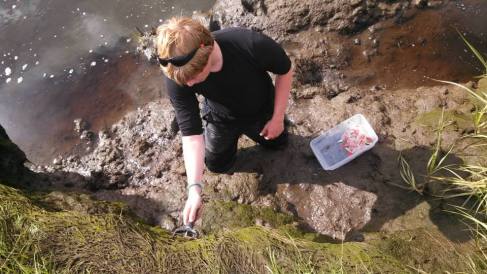

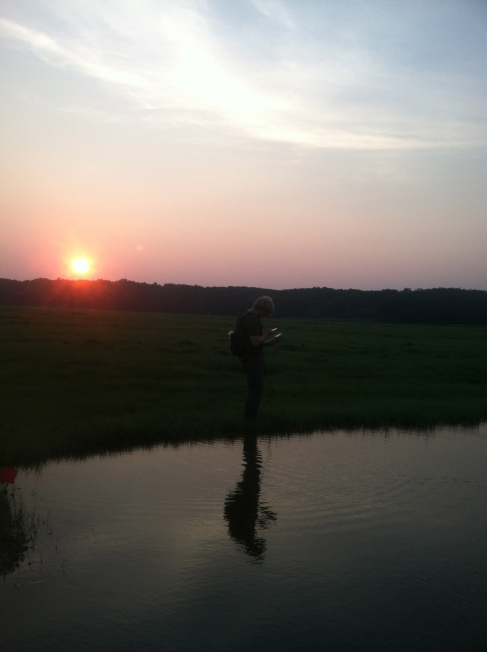
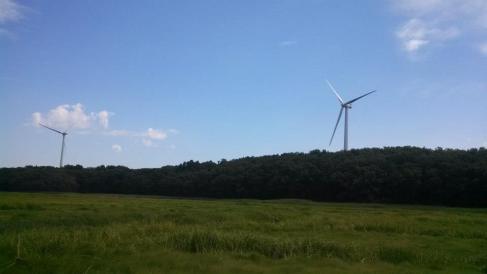
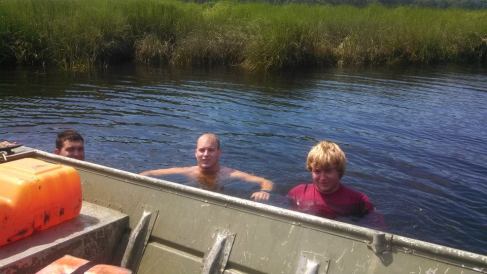
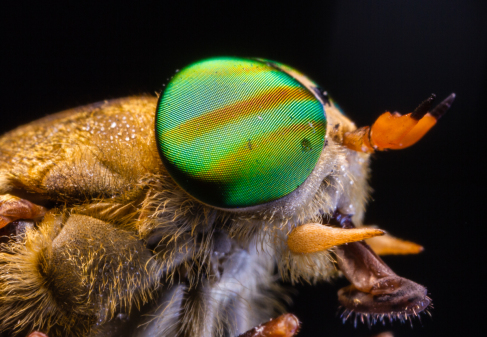
myYSI
Marshall, glad to hear you have some relief from the flies! I trust your YSI meter is working well and I’m anxious to see the water quality results and data trends posted. Let us know if YSI can do anything to help (environmental@ysi.com). Happy sampling.